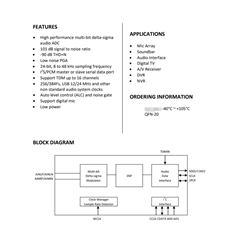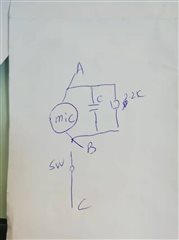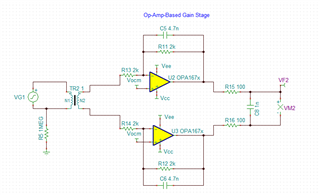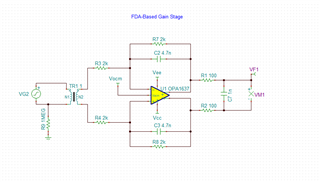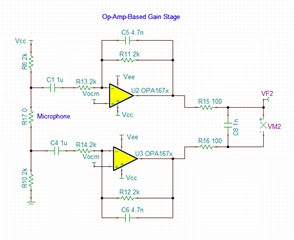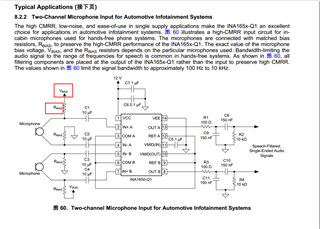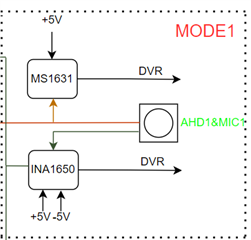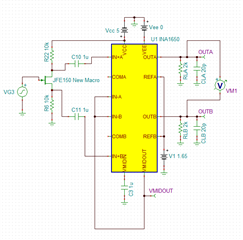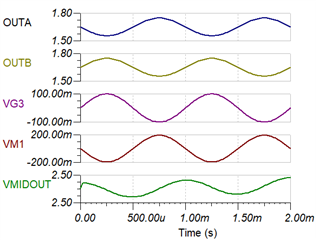Other Parts Discussed in Thread: INA1650, JFE150, INA1620
ALL HI!
As shown in the figure below. The left J1 is the position of the external microphone. If I can't determine the mic_ The size of bias and the input voltage range of audio ADC used are 0 ~ 3.3V. How to put micp_ In and MICn_ In connected ADC input, how to design the buffer. thank you!



